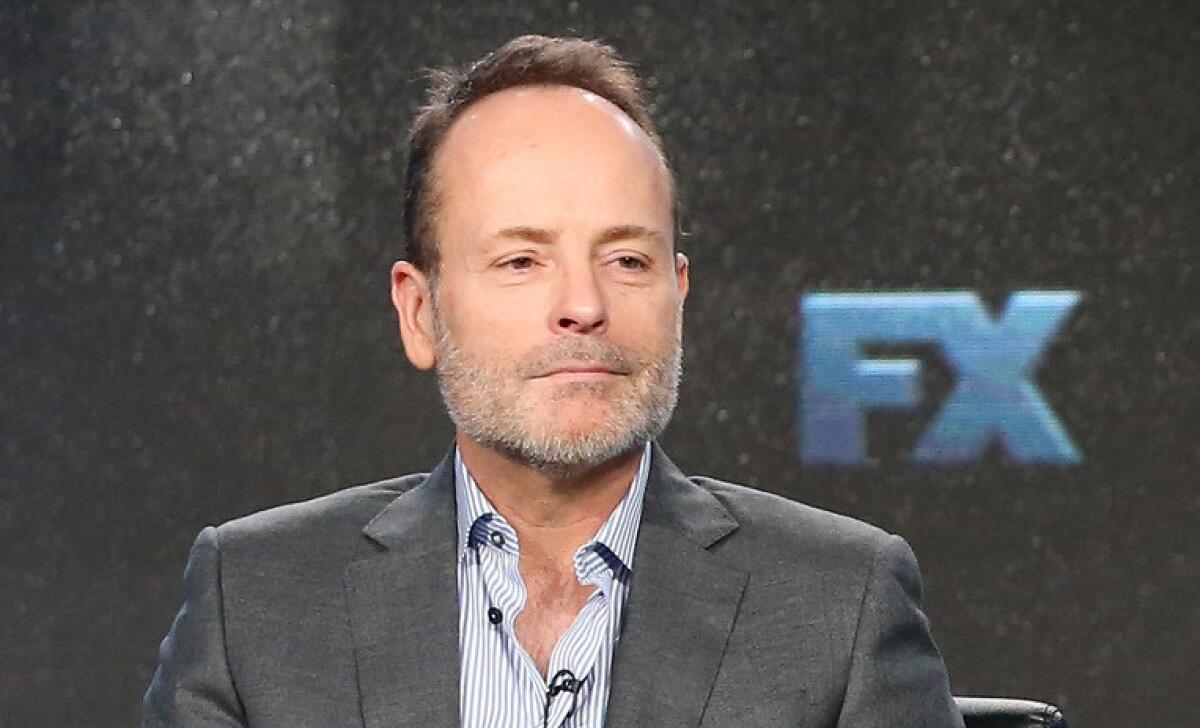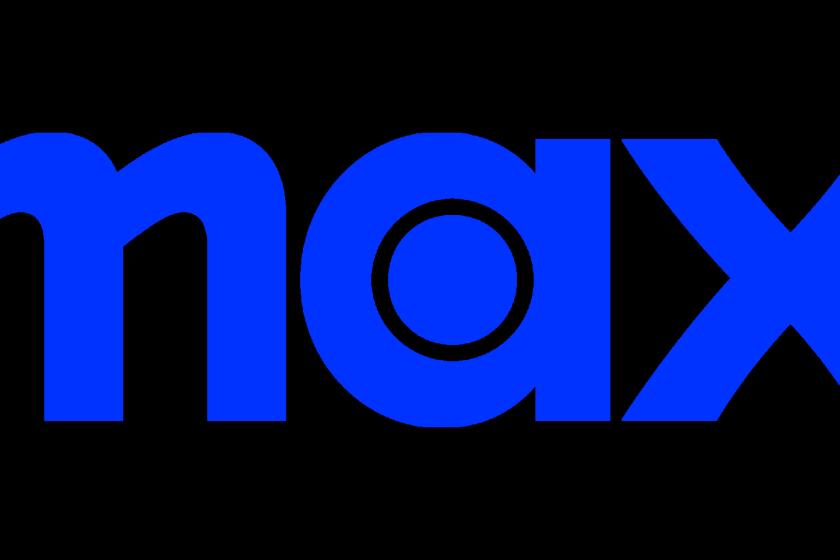Scripted shows continue to grow as ‘Peak TV’ hasn’t peaked yet

- Share via
In the summer of 2015, FX Networks CEO John Landgraf made his pronouncement that there is too much scripted TV. But that hasn’t stopped online services from making more.
Judging from the latest numbers compiled by his network and released Thursday to the Television Critics Assn. press tour, Landgraf does not expect any let up for the next two years.
FX puts the estimated number of scripted original programs in production during 2016 at 454, a new high. That includes programs made for broadcast and cable networks as well as online video services.
The total is up 8% from 420 in 2015, driven entirely by the growth in shows from streaming services that have gone beyond Amazon, Netflix and Hulu to include start-ups such as NBCUniversal’s Seeso and comedian Louis CK’s website used to distribute his series “Horace and Pete.” Online services accounted for 92 scripted original programs in 2016, compared with 46 in 2015. In 2009, there was only one online series out of 210 scripted shows overall.
Other distribution outlets were relatively flat or down slightly. Broadcast scripted shows dropped from 150 in 2015 to 145 in 2016. Premium cable outlets accounted for 36, one less than 2015. The total for basic cable, which includes FX, dipped from 187 to 181.
Every new choice for a viewer is new competition for FX, noted Landgraf, who coined the phrase “Peak TV” to characterize the program proliferation. But he believed “Peak TV” would have peaked by now.
Instead, he expects the number of programs to rise in 2017, as online services continue their heavy investment, which has succeeded in drawing consumers away from traditional TV viewing.
Apple may be the next company to join the fray as the tech giant is reportedly looking to invest in original programming. It potentially means another well-funded entry driving up demand (and costs) for the most sought-after production and acting talent. Landgraf noted that the trend makes it more difficult for new programming to breaking through.
“How good does a show have to be? Good enough for you to care about, for you to review, to be relevant in this environment,” Landgraf said. “The bar seems to go up a little bit every year.”
Twitter: @SteveBattaglio
More to Read
Inside the business of entertainment
The Wide Shot brings you news, analysis and insights on everything from streaming wars to production — and what it all means for the future.
You may occasionally receive promotional content from the Los Angeles Times.











